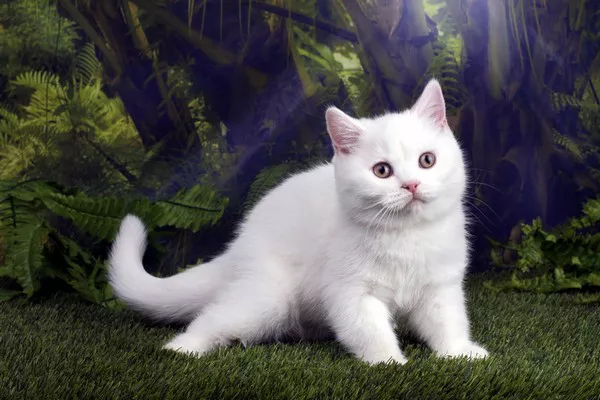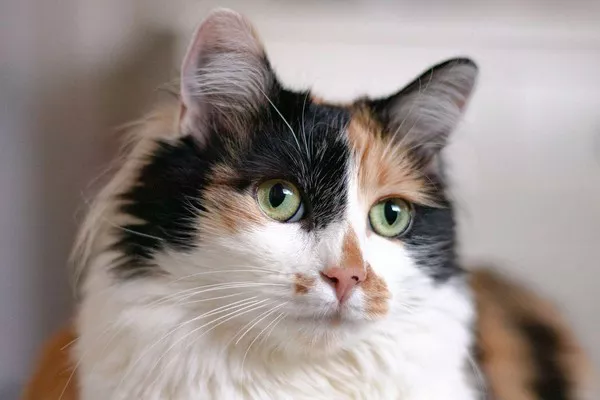In the pantheon of cat breeds that have captured the hearts of pet owners around the world, the British Shorthair holds a special place. Known for their dense, plush coats and distinguished, chubby cheeks, these cats are not just a joy to behold but also make excellent companions. This article explores the characteristics of British Shorthair cats, evaluates their suitability as pets, and provides detailed insights into their care, health, and how to integrate them into various household settings.
Historical and Breed Overview
A Storied Past: The Origins of the British Shorthair
The British Shorthair, one of the oldest recognized cat breeds, traces its origins back to the domestic cats of Rome. These cats were highly valued by Romans for their physical strength and hunting abilities, qualities that helped them control rodent populations. Over centuries, these cats bred with native European wildcats and developed into the robust, round-faced breed we know today. The breed was officially recognized in the late 19th century in the United Kingdom, making it a storied participant in cat fancier circles.
Breed Characteristics: What Makes a British Shorthair?
The British Shorthair is best known for its dense, plush coat and its broad face with distinct chubby cheeks that give it a teddy bear-like appearance. The breed typically has a robust build, a round head, and large, round eyes. Their coat comes in a variety of colors and patterns, with the “British Blue” — a solid grey-blue coat with copper eyes — being among the most popular and recognized.
Temperament and Behavior
Calm and Companionable Nature
One of the most appealing aspects of the British Shorthair is its calm and easygoing temperament. Unlike some more high-energy breeds, British Shorthairs are often quite content to lounge around the home, making them excellent companions for those who appreciate a more sedate pet. They are affectionate without being overly demanding, often following their owners around the house to stay close without requiring constant attention.
Interaction with Children and Other Pets
British Shorthairs are known for their patience and tolerance, making them particularly well-suited to families with children. They generally get along well with other pets, including dogs, as long as they have been properly introduced. Their gentle demeanor makes them ideal for a household with multiple types of pets.
Care and Maintenance
Grooming Needs
Despite their thick coats, British Shorthairs are relatively low maintenance when it comes to grooming. Their coat does not mat easily, so a weekly brushing is usually sufficient to remove dead hair and maintain skin health. During the shedding season in spring and fall, more frequent brushing may be necessary to help manage the increased hair loss.
Diet and Nutrition
Proper diet is crucial for maintaining the health of a British Shorthair. These cats can be prone to obesity if not fed a controlled diet, so it’s important to monitor their food intake and ensure they are getting a balanced diet tailored to their specific needs. Premium cat food that is high in protein and low in carbohydrates is often recommended for this breed.
Exercise Requirements
While they are not as active as some breeds, British Shorthairs do require some physical activity to keep them healthy and prevent obesity. Interactive play sessions with toys, puzzles, and even training exercises can help keep them physically active and mentally stimulated.
Health and Longevity
Common Health Issues
British Shorthairs are generally healthy, but they can be predisposed to certain genetic conditions such as hypertrophic cardiomyopathy (HCM), a form of heart disease, and hemophilia B, a blood clotting disorder. Regular veterinary check-ups can help catch these conditions early if they develop.
Lifespan
With proper care, the average lifespan of a British Shorthair is around 12 to 20 years. This longevity is testament to their robust health and the effectiveness of dedicated breed-specific care.
Integrating a British Shorthair into Your Home
Setting Up Your Home
Preparing your home for a British Shorthair involves ensuring that you have a safe, welcoming environment with access to clean water, a nutritious diet, and plenty of stimulating toys. Scratching posts, comfortable resting areas, and safe outdoor access if possible can help keep a British Shorthair happy and healthy.
Training and Socialization
Despite their independent nature, British Shorthairs benefit from early socialization and basic training in manners. They are intelligent and can learn a variety of commands and tricks, which also helps in deepening the bond between pet and owner.
Conclusion: The Perfect Pet?
For those looking for a gentle, affable cat with a regal appearance and a manageable care routine, the British Shorthair is an excellent choice. Whether in a bustling family home or a quiet apartment, these cats make loving, loyal companions. Their ability to blend into various living situations paired with their charming demeanor and striking appearance indeed makes British Shorthair one of the best pet choices for both novice and experienced cat owners alike. The British Shorthair not only embodies the physical attributes and characteristics that many desire in a pet but also brings a heartwarming presence to any home.

























